Center for Study of Science, Technology, and Policy: Grantee Spotlight (2025)
Overview
The Giving Green Fund plans to fund the Center for Study of Science, Technology, and Policy (CSTEP) to complete three projects, which will: (1) develop a roadmap for decarbonizing Southern India’s thermal plants via carbon trading, (2) build the first DISCOM Net-Zero Roadmap and dashboard for carbon accounting, and (3) create a detailed roadmap for Tamil Nadu’s transmission planning to enable renewable expansion. CSTEP, based in Bengaluru, India, conducts research and policy innovation for sustainable development, particularly in energy, environment, and technology.
CSTEP’s work falls within our philanthropic strategy of supporting a clean energy transition in low- and middle-income countries. Please see Giving Green’s strategy report for more information, including risks and potential co-benefits, recommended sub-strategies, theory of change, funding need, and key uncertainties.
Last updated: October 2025
What Is CSTEP?
The Center for Study of Science, Technology, and Policy (CSTEP), established in 2005, equips policymakers with scientific and technological solutions around a clean energy transition, clean air, and advancing sustainability and security. CSTEP advances its vision of sustainable, secure, and inclusive societies through conducting modeling studies and techno-economic analyses, disseminating findings to state and national governments, and creating forums for civil society collaboration. CSTEP adopts an ecosystem approach by collaborating with government, think tanks, industry partners, and civil society organizations.
What Are We Funding, and How Could It Help Reduce Greenhouse Gas Emissions?
We are funding CSTEP’s work on research, knowledge creation, and policy engagement. We view CSTEP as a central actor in driving an ambitious clean energy transition in India. We previously funded CSTEP’s work on exploring technologies in renewable energy generation and storage. This year’s funding supports the decarbonization of existing power generation and distribution entities.
Decarbonizing India’s thermal power plants: India’s Carbon Credit and Trading Scheme (CCTS), set to cover 800 industrial entities from FY 2026, currently excludes the power sector, which accounts for 39% of national emissions.1 Growing civil society pressure calls for its inclusion. CSTEP plans to develop a replicable, policy-aligned roadmap for decarbonizing Southern India’s thermal plants by combining generation planning, carbon price modeling, and scenario analysis.2 The techno-economic roadmap will identify the least-cost mix of renewable energy, storage, and flexible resources to reliably meet demand, and align with emissions targets—including retirement, retrofitting, and repurposing options—under various carbon pricing scenarios. CSTEP will produce actionable policy briefs through multi-stakeholder engagement, providing policymakers with decision-making tools to identify and promote cost-efficient decarbonization pathways. We think this approach can provide policymakers with decision-making tools to identify and promote cost-efficient pathways for decarbonizing the power sector.
Enabling net-zero transitions for DISCOMs: India’s power distribution sector faces growing challenges as electricity demand rises and technologies such as energy storage, electric mobility, and green hydrogen reshape load patterns. Short-sighted planning risks fossil fuel lock-in and higher costs, especially if the CCTS expands to the power sector. In partnership with a DISCOM, CSTEP will develop the first Net-Zero DISCOM Roadmap with data dashboards to guide carbon-conscious investments aligned with state and national net-zero goals. The framework will support regulators in institutionalizing carbon accounting, reporting standards, and national emissions benchmarking to enable transparent comparison and continuous performance improvement. We think net-zero roadmaps can help strengthen DISCOMs’ capacity to proactively navigate the energy transition and establish systems needed to monitor and regulate their emissions.
Preparing Tamil Nadu’s transmission infrastructure for cleantech expansion: Tamil Nadu is emerging as a hub for renewable energy, with nearly 250 GW of solar and wind potential. However, only a fraction is currently utilized. Electricity demand is expected to grow rapidly over the next decade, and new technologies such as electric vehicles, green hydrogen, and energy storage will change how power is used. To ensure that the state’s power grid can reliably meet these demands, CSTEP will develop a roadmap identifying critical transmission upgrades under multiple future scenarios. The study will highlight areas where the grid may face congestion, recommend infrastructure improvements, and estimate costs. By providing practical, decision-ready guidance, we think this project will help state authorities build a stronger, cleaner, and more resilient electricity system—and create a replicable model for other regions transitioning to renewable energy.
Knowledge gaps persist in envisioning and implementing India’s energy transition. We think CSTEP’s work to decarbonize entrenched institutions in the power sector is vital for highlighting actionable change that can rapidly and cost-effectively decarbonize the power sector. Through close collaboration with Indian DISCOMs and state and central governments, CSTEP can accelerate the decarbonization of India’s heavily coal-dependent power sector, thereby reducing greenhouse gas emissions.
Why Do We Think CSTEP Will Use This Funding Well?
These projects tap into CSTEP’s extensive stakeholder network and experience in power system modeling, renewable energy integration, distribution sector reforms, and city/state-level transmission planning. CSTEP acts as a technical partner for state governments; for example, it has supported the creation of state action plans for Kerala and Puducherry and serves as a close advisor to the Tamil Nadu and Telangana governments. CSTEP researchers actively engage with various government task forces and committees and have provided insights for the Conference of the Parties (COP) negotiations and R&D policies across India, including in Karnataka.3 We think CSTEP’s active engagement with the Indian DISCOMs, grid operators, and state and central governments, combined with its technical expertise, suggests that its ongoing and future initiatives could deliver significant impact.
Giving Green believes that additional climate donations are likely to be most impactful when directed to our top nonprofits. For several reasons, we may choose to recommend grants to other organizations for work that we believe is at least as impactful as grants to our top recommendations. We are highlighting this grant to offer transparency to donors to the Giving Green Fund as well as to provide a resource for donors who are particularly interested in this impact strategy. This is a nonpartisan analysis (study or research) and is provided for educational purposes.
Footnotes:
1 “Number of Entities: ~800 (from FY2026)” (ICAP, accessed October 8, 2025)
2 “The power sector is central to India’s decarbonization efforts, accounting for approximately 39% of the country’s total greenhouse gas emissions” (ASPI 2025, p. 1)
3 Namma SAFARI: Low-carbon development pathways for Karnataka (CSTEP, 2025)
Support Our Work
Giving Green Fund
One fund. Global impact. One hundred percent of your gift supports a portfolio of high-impact climate organizations, vetted by our research.
Best for:
Donors who want the simplest way to impact multiple climate solutions.
Top Climate Nonprofits
Meet the organizations on Giving Green’s list of high-impact nonprofits working to decarbonize our future, identified through our rigorous research.
Best for:
Donors who want to give directly and independently.
Support Our Work
We thoroughly research climate initiatives so you can give with confidence. For every $1 we receive, our work unlocks another $21 for effective climate solutions.
Best for:
Donors who want to amplify their impact through research.
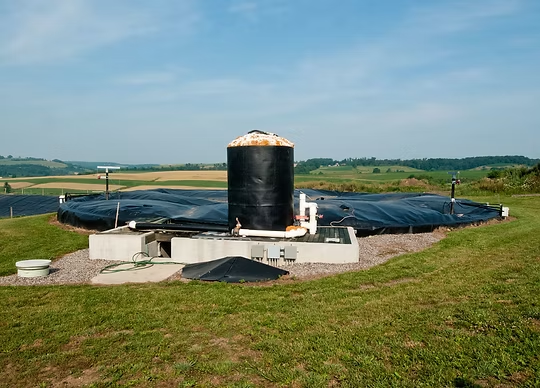



.png)
.png)



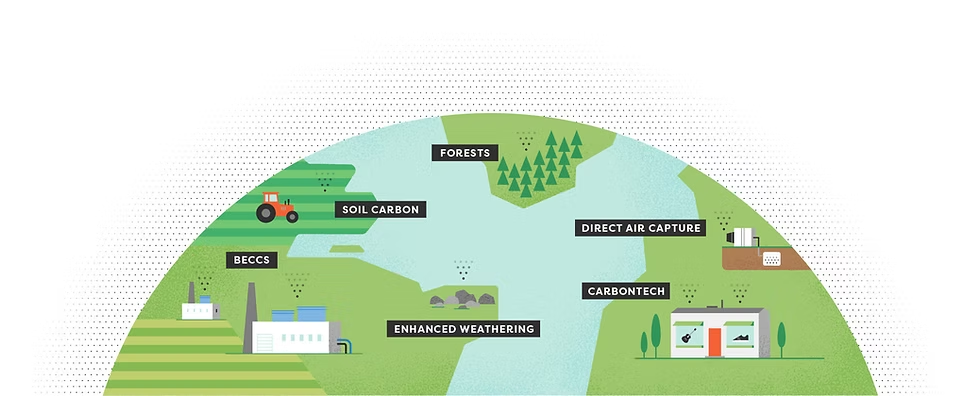

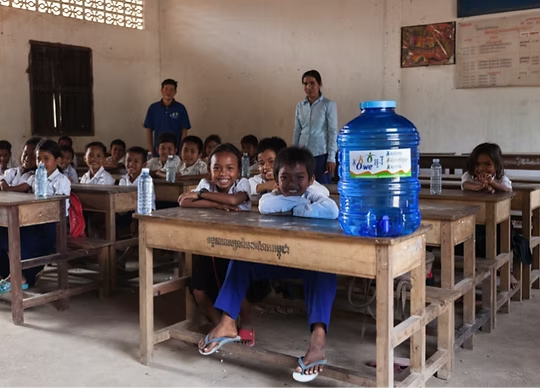


.png)
.png)


.png)


.jpg)
.png)

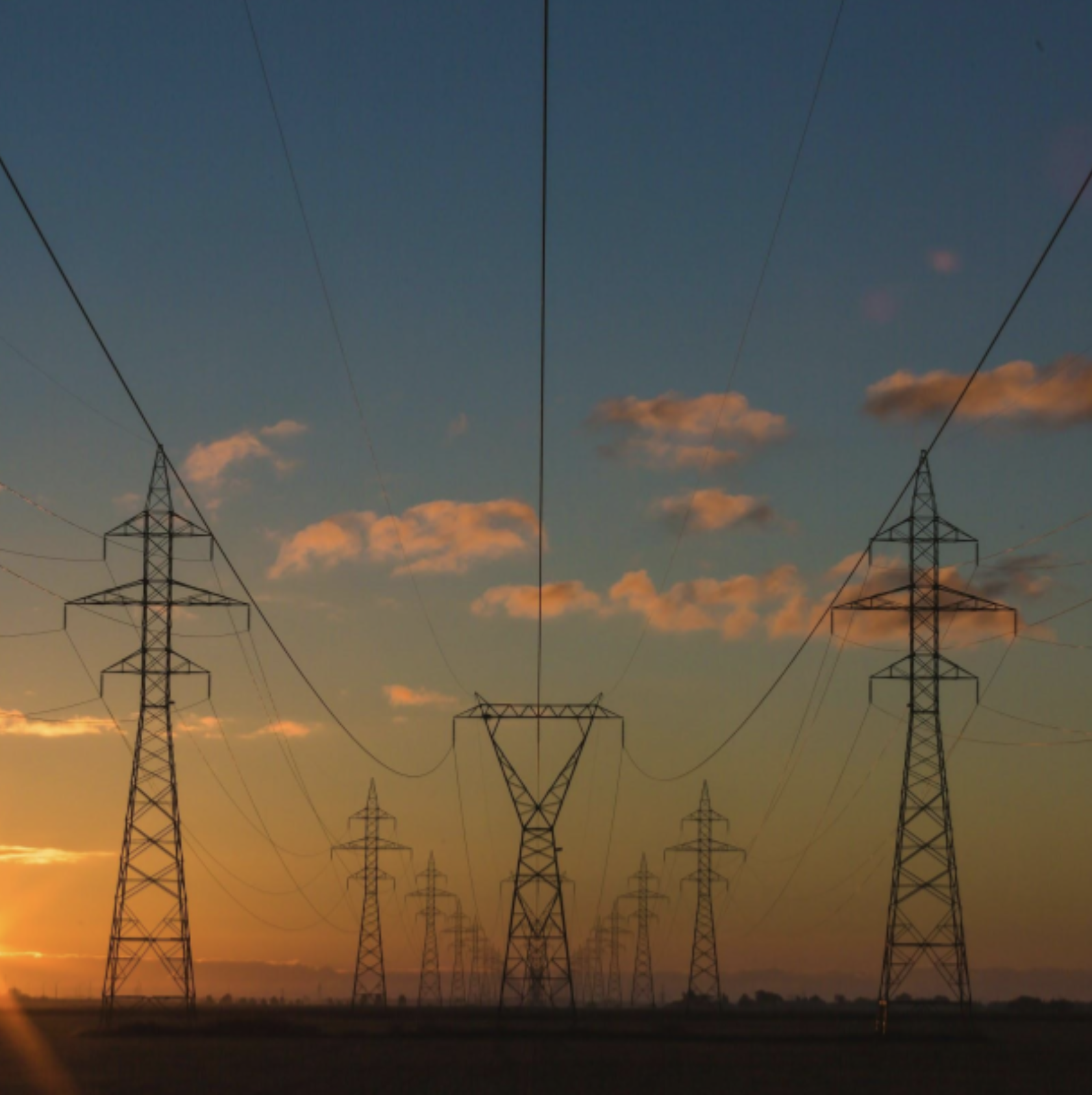

.png)
.png)

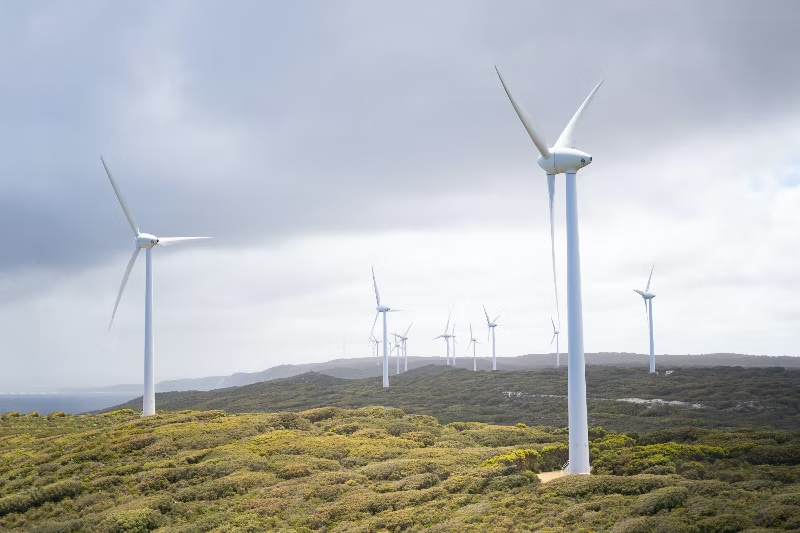
.png)


.png)

.png)


.png)
.png)

.png)


.png)


.png)


.png)
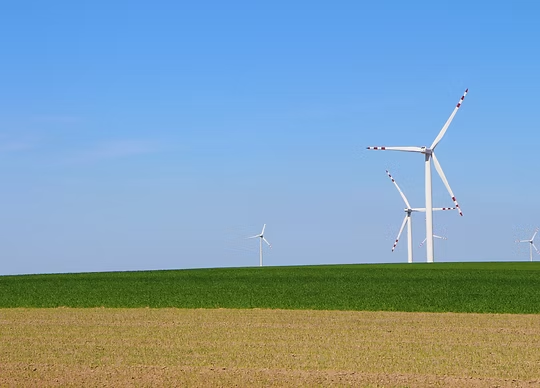
.png)
.png)

.png)



.png)



.png)

.png)

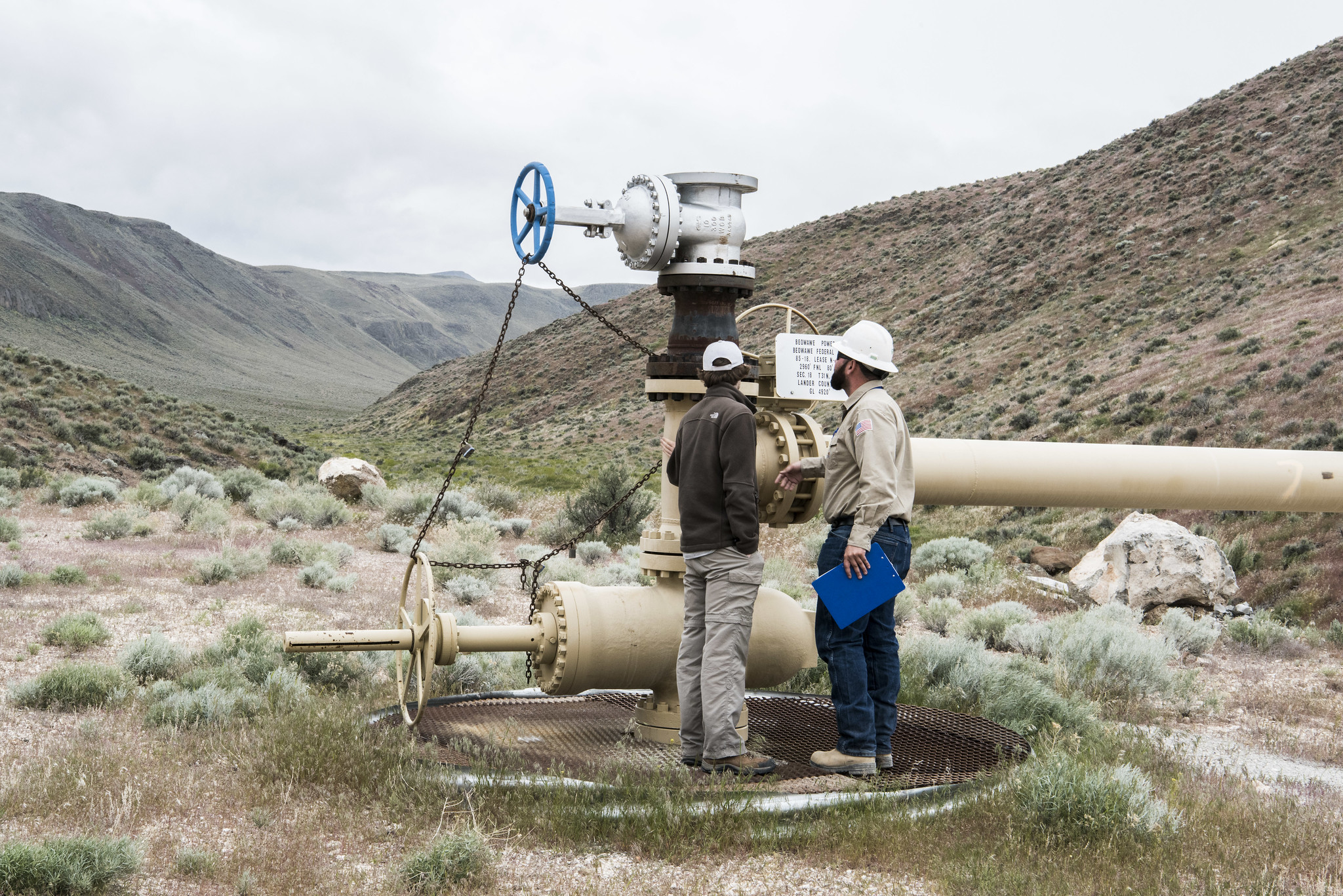


.jpg)


.png)



.png)
.png)

.png)

.png)
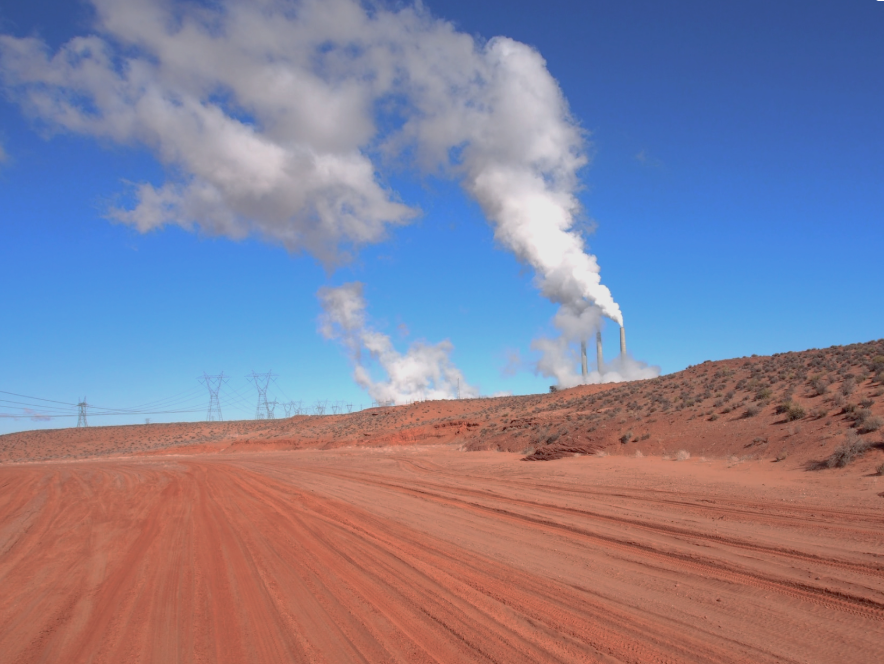
.png)
.png)


